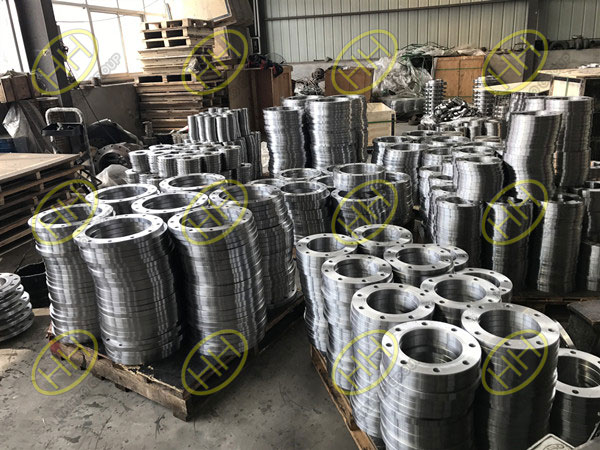Determination and standard of flange yield strength
Determination of flange yield strength
For metal materials without obvious yield,the specified non proportional extension strength or the specified residual elongation stress shall be measured. For metal materials with obvious yield, the yield strength, upper yield strength and lower yield strength can be measured. Generally, only the lower yield strength is determined.
Standard for flange yield strength
(1) the highest stress on the proportional limit stress-strain curve is in line with the linear relationship, which is usually expressed by σ P in the world. When it exceeds σ P, the material is considered to yield. There are three kinds of yield standards commonly used in Construction Engineering:
(2) the maximum stress that the material can fully recover in elasticity after loading and unloading of the elastic limit specimen, with no residual permanent deformation as the standard. Generally speaking, rel is used internationally. When the stress exceeds rel, the material is considered to yield.
(3) the yield strength is based on the specified residual deformation, for example, the stress of 0.2% residual deformation is usually used as the yield strength, and the symbol is Rp0.2.
Factors affecting the yield strength of flange:
(1) internal factors include: combination, organization, structure and atomic nature.
(2) external factors include temperature, strain rate and stress state.
Haihao Group manufacture and supply forged flanges in different dimensions,standards and materials,such as weld neck flange,slip on flange,blind flange,threaded flange,lap joint flange,specification blind flange,orifice flange and so on.If you want to know more about our flanges products,please email to us: sales@haihaogroup.com


